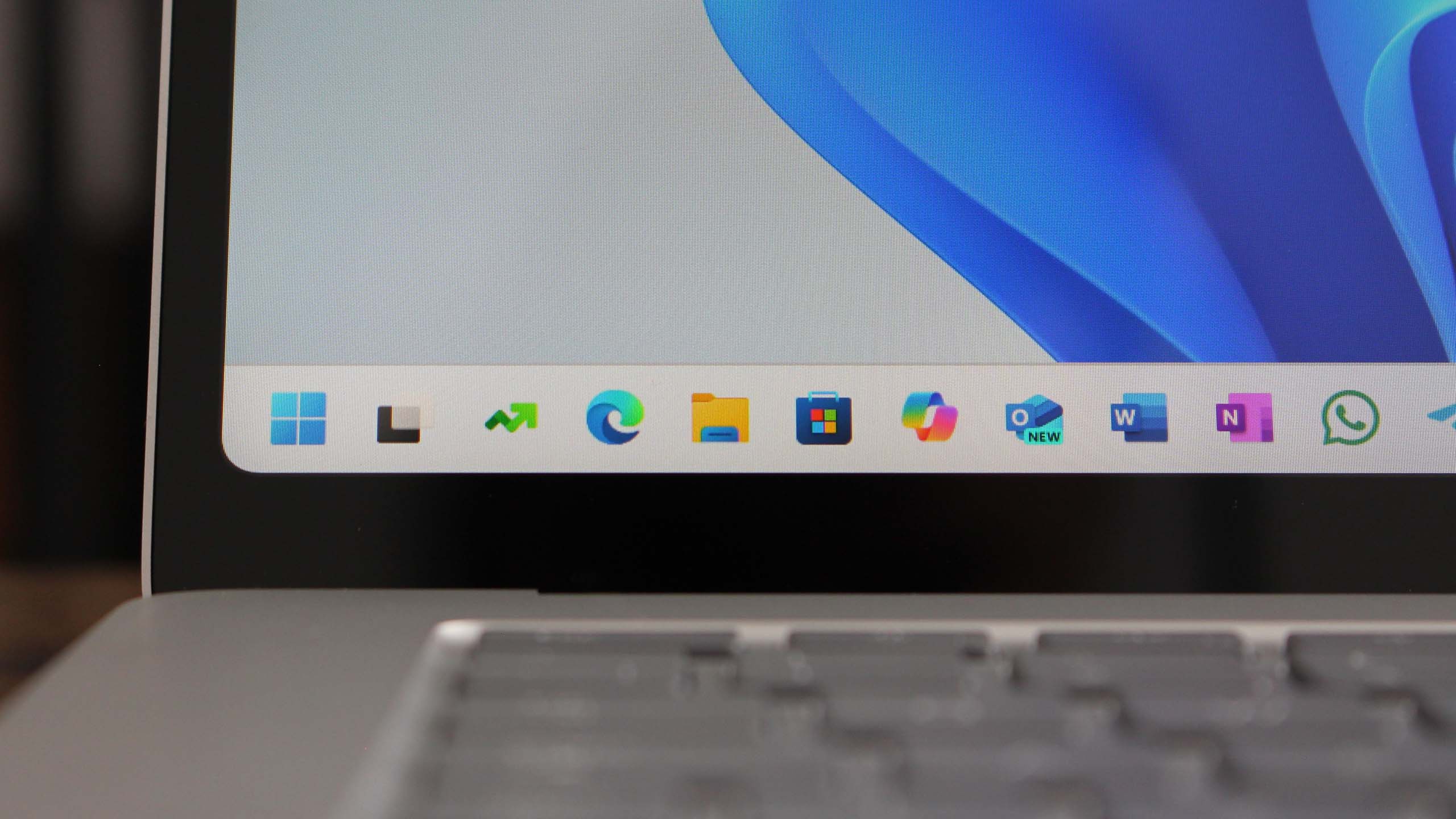Discussing Minecraft Dungeons' Xbox cloud streaming success with David Nisshagen
Recently, we caught up with David Nisshagen, executive producer at Mojang, to learn all about a major new tool for Xbox devs.
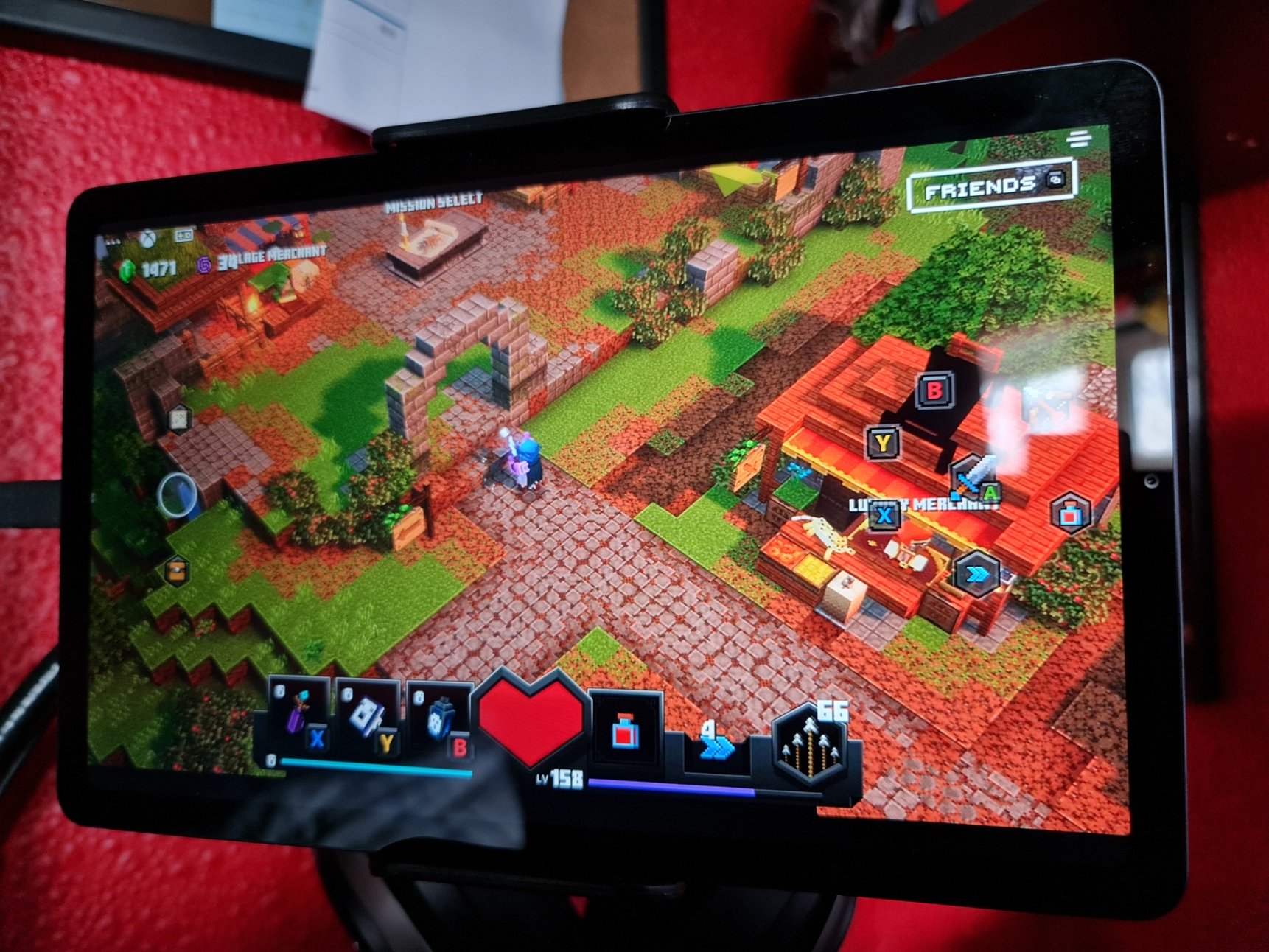
Xbox Game Pass is in the news almost non-stop lately. The service provides access to dozens upon dozens of games big and small on a variety of devices including Xbox consoles, Windows PCs, and Android devices. Soon, Xbox Game Pass will also include iOS and web browsers after a global beta test.
Xbox Game Pass cloud streaming brings games built for Xbox to a far broader audience than would otherwise be possible. However, the bridge between a game made for the TV on your Xbox and a game made for a smaller screen like a tablet or a phone is quite a large delta. Even the best tablets for Xbox Game Pass cloud streaming can't necessarily solve all of the ergonomic problems by virtue of their hardware alone. Optimizing a game's UI, fonts, and gameplay for scenarios where you might not have a controller is ideal, but how hard is it to do in real terms? It turns out, it's not too hard at all.
Recently, we had the opportunity to chat with David Nisshagen, an executive producer at Mojang Studios, to learn all about how the team built Minecraft Dungeons as a cloud-native experience on Xbox Game Pass.
Building a cloud-native experience
Jez Corden, Windows Central: So, we're here to talk Minecraft Dungeons with touch. I have to say that I do love how native Minecraft Dungeons feels on Xbox Game Pass with touch. It feels great to play, especially combined with the touch UI having art that matches the game and so on.
David Nisshagen, Executive Producer, Mojang Studios: The game streaming team [at Xbox] have done a great job at making it easy. They have a term called "lift and shift" to describe how it takes literally like, 10 minutes to get your Xbox One game and make it playable with a standard overlay on a phone. We did come in a bit early, so we had some extra hoops to jump around. We had time zone challenges too, given that we're in Europe and Microsoft's game streaming team is in Redmond. These things were overcome fairly easily.
Once we started working on Minecraft Dungeons for touch, it quickly became apparent how natural it felt.
Once we started working on Minecraft Dungeons for touch, it quickly became apparent how natural it felt. Our game director Måns Olson recently presented at a game summit internally, where we shared that the game was originally designed to have single stick controls. Mentally we had in mind from the start that this should be playable with touch. Adding things like the custom overlays for the controls can make it a really good experience, too.
It's interesting you note about touch being built into the game's design, given that you mentioned in the Game Stack Live discussion that a native port of Minecraft Dungeons was discussed for mobile devices at one point. From the first time I played it I immediately thought how great the game would be on a phone or a tablet... or Windows Phone, rest its gentle soul.
All the latest news, reviews, and guides for Windows and Xbox diehards.
Nisshagen: It's just so common that people play on their phones, regardless if it's native or cloud-based with a touch interface. We were fortunate to be able to work with the streaming team at Microsoft early on. We started that whole process to be able to have custom theming for the UI you mentioned. Minecraft is very brand-strict on what you can and can't do. Guns is an absolute no-go, there are no guns in Minecraft. At the time, the first iteration of the default icons for Xbox Game Pass touch controls included a gun. So we asked, "how do we solve it?" We worked with the xCloud team to implement these custom icons.
The time zone difference actually helped a bit here. We could test and iterate things and do that during our office hours, and request features that they could work on in their office hours. We had a lovely back and forth. We were super happy to have made the extra effort, and it's really not that much of a commitment either, right? We landed in about seven weeks. If you compare that to doing a full mobile native version, it would take years potentially, and then you wouldn't even be able to do some things. You can't run a peer-to-peer server on a phone easily, it would drain the battery in minutes. The cloud helps circumvent these limitations, and it just works. It's really quite something.
The benefits of cloud streaming
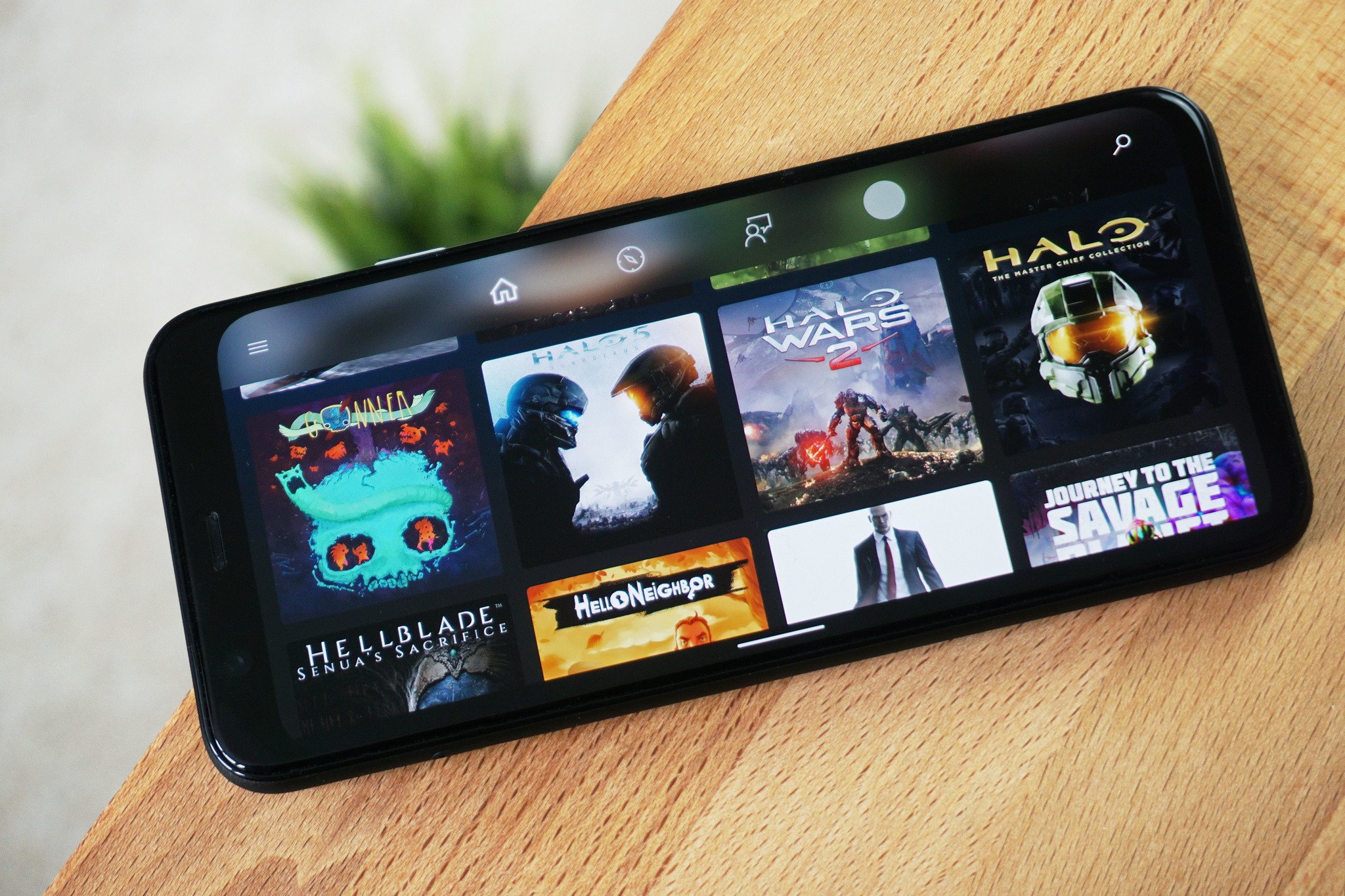
I think perhaps the core audience and even game journalists don't really think of mobile gaming in the same way that the real, actual mobile gaming audience does. Thinking about how the cloud helped solve the peer-to-peer server problem for a native Minecraft Dungeons port, are there other things Xbox Game Pass streaming can do for console-quality games that otherwise wouldn't be possible on a phone?
Nisshagen: Absolutely. Xbox consoles are obviously more powerful than phones. You will have higher-quality output from it. You can do more impressive physics and things that are much more visual if you're using the Xbox as the actual game device. The technology that the game streaming team has built when it comes to latency and when it comes to feedback and how it feels — I am so pleasantly surprised, so happy that it actually works.
Minecraft Dungeons might be a bit of a bonus case since it was designed to handle a bit of latency. It still feels really snappy. It doesn't feel laggy or slow, like, if you were to press something and didn't get a response. The streaming technology has come a long way, and is continuing to improve. I expect that to grow as the latency becomes even better over time. We were happy that we could get in there early. There are also other games that are doing more, and adding more touch implementations, and they're doing great with that as well.
I have been impressed with how native games can feel via Xbox Game Pass game streaming.
Nisshagen: We've had some really good numbers from our end too. About 40% of players that play Minecraft Dungeons on their phone use touch exclusively. That's 40% of players who never have to touch a controller. I was like, that's a dream number. That was above the goal we set for ourselves. And the coolest thing is we're not alone in this either.
Note: Microsoft reached out to clarify that the "40% play via touch" stat was referring to the portion of players who play the game on mobile devices, and not the total player base. For readability, we've updated the wording above slightly to reflect that fact.
Did you try Hellblade? Hellblade has seen similar numbers, great success with their work. Personally, I love how Hellblade's developer Ninja Theory took a different approach from Minecraft Dungeons, using contextualization. Hellblade is such an immersive game, and how Ninja Theory managed to take it and retain that immersiveness on a small screen, using contextual buttons, is impressive. Tell Me Why is another. If you haven't tried it, do it. Many of these games are seeing 40% and above playerbases exclusively using touch. It's impressive.
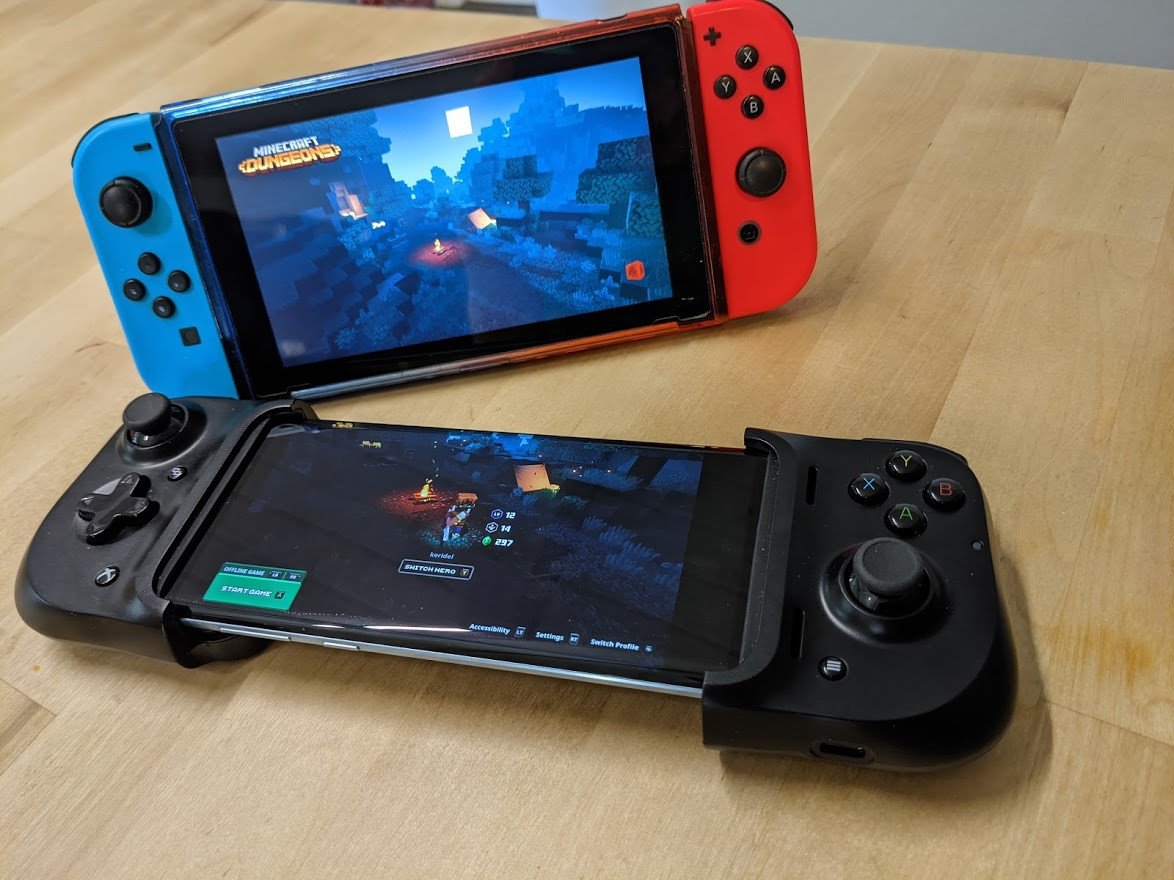
Another disconnect between say "core" gamers and the billions of phone gamers out there revolves around tactile controls. I don't know if it's because I'm old but I'll see a younger relative playing Minecraft Pocket Edition on their phone like it's no problem, and I'll try playing a game with touch and a lot of the time just sit there thinking "man, I just want a controller." Do you think there could be room for a streaming handheld from Microsoft? What do you think of devices like the Razer Kishi?
The beauty of streaming in this context is that you get the full-blown AAA experience on your phone.
Nisshagen: For me, personally, I like both of these things. I like the tactility of physical input. Honestly, I do prefer Xbox controllers, especially the latest flagship. That's amazing. But in reality, I find myself mostly carrying around my phone without a controller, or without a Razer Kishi or any of these things due to the extra bulk. The Razer Kishi is a wonderful piece of hardware, and I am impressed by it — it almost makes your phone feel like a Nintendo Switch, or some other powerful handheld device. But most of the time, I'm just with my phone.
You touched on an interesting point when you said that the core gaming audience does tend to prefer controllers. Kids who are younger, they often tend to play with touch. To some extent that might be the sign of the times. We have an entire generation that has grown up with touch as the main input. That's the standard. For them, maybe controllers feel weird. That is something that is happening — a shift for players growing up. They've been playing games on their iPhones since the very first iPhone came out.
I feel old now.
Nisshagen: I know, me too. Another personal thought I have on this as well — many of the games we associate with playing on a phone are often very simple, especially older ones. They're short, a little ugly, kind of clunky. The beauty of streaming in this context is that you get the full-blown AAA experience on your phone. Even on a phone, Hellblade: Senua's Saga is immersive, right? It brings the core game experience to mobile devices. You can add contextual controls, add camera lock-on for combat sequences, and make the UI scaled up for smaller screens. The tech that the game streaming team has built lets us do that as developers, to really bring this level of AAA Xbox experience to a handheld device.
How hard is it?
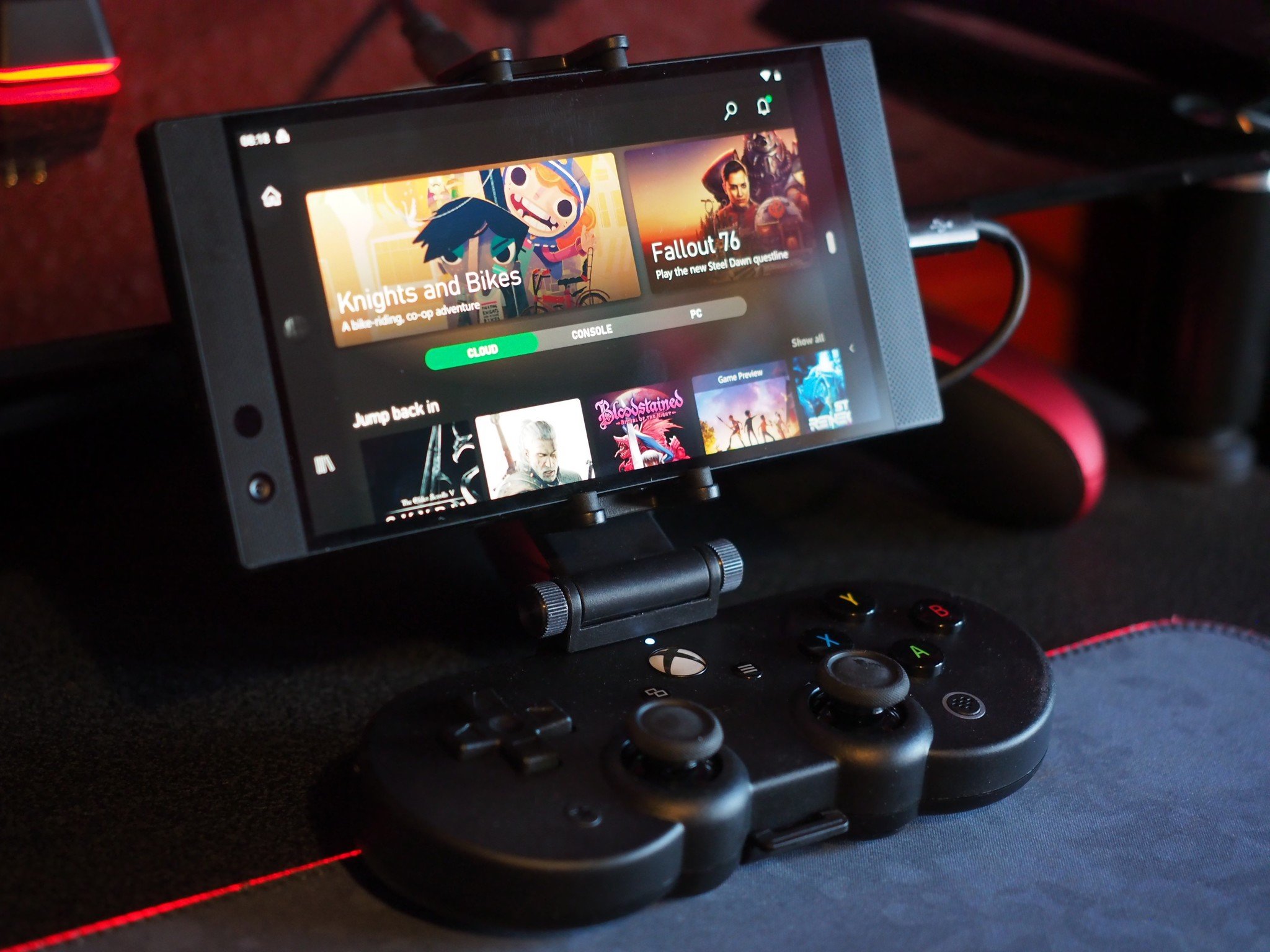
Just exactly how much work is required to get something like this up and running? If you already have an Xbox One version of your game that is.
Nisshagen: That's just it. This was so easy to do, and so pleasant to work with this team. Truly, this is one of the best collaborations I've had the pleasure of working towards. We were fully supported, and fully understood. It felt like we were working with a game team, although they are, at their heart, providing and expanding the streaming service.
We're in the early stages of understanding the potential market right now, but if you think of the number — the sheer number of these devices — there's billions of mobile devices. Billions. Suddenly, you can go beyond the combined install base of all consoles over history — there's still probably more phones out there. Being able to go and reach that audience is great. It's cool, right?
I was stunned at how easy it is. The barrier to start is very low.
Talking about the scale of the potential audience, I can't help but think about the barriers. Apple blocked Xbox Game Pass, for example, and Google has strict rules about how apps like this can operate on its store. I think if Microsoft made its own device it could circumvent some of this, but then they also lose that massive audience. What might be the biggest barriers for third-party devs looking to work with Microsoft? And what can Microsoft do to fix those barriers?
Nisshagen: I'll be brutally honest here, I was stunned at how easy it is. The barrier to start is very low. If you're a developer with us, contact your account manager, and set up a private offering so you can stream to your own devices. Ten minutes later, you have it out of the box. It's not trivial, there is a bit of work involved, but we do a lot harder things every day as game developers.
I think the barrier is low to try it. The pace of iteration is fast too. It's easy to move things around, tweak, move beyond standard controller scheme, and then you can go like Minecraft Dungeons did. Maybe you think the standard UI doesn't look right for your game, you can add custom icons, let's resize the UI, scale up menus, and so on. You can go as far as you want to go. We fully revamped the UI for smaller screens, in just seven weeks, and we're not that many people. The return on investment is crazy good and the impact. You can take your game to a new platform, a massive platform. I cannot praise this enough.
Thanks to David Nisshagen for joining us!
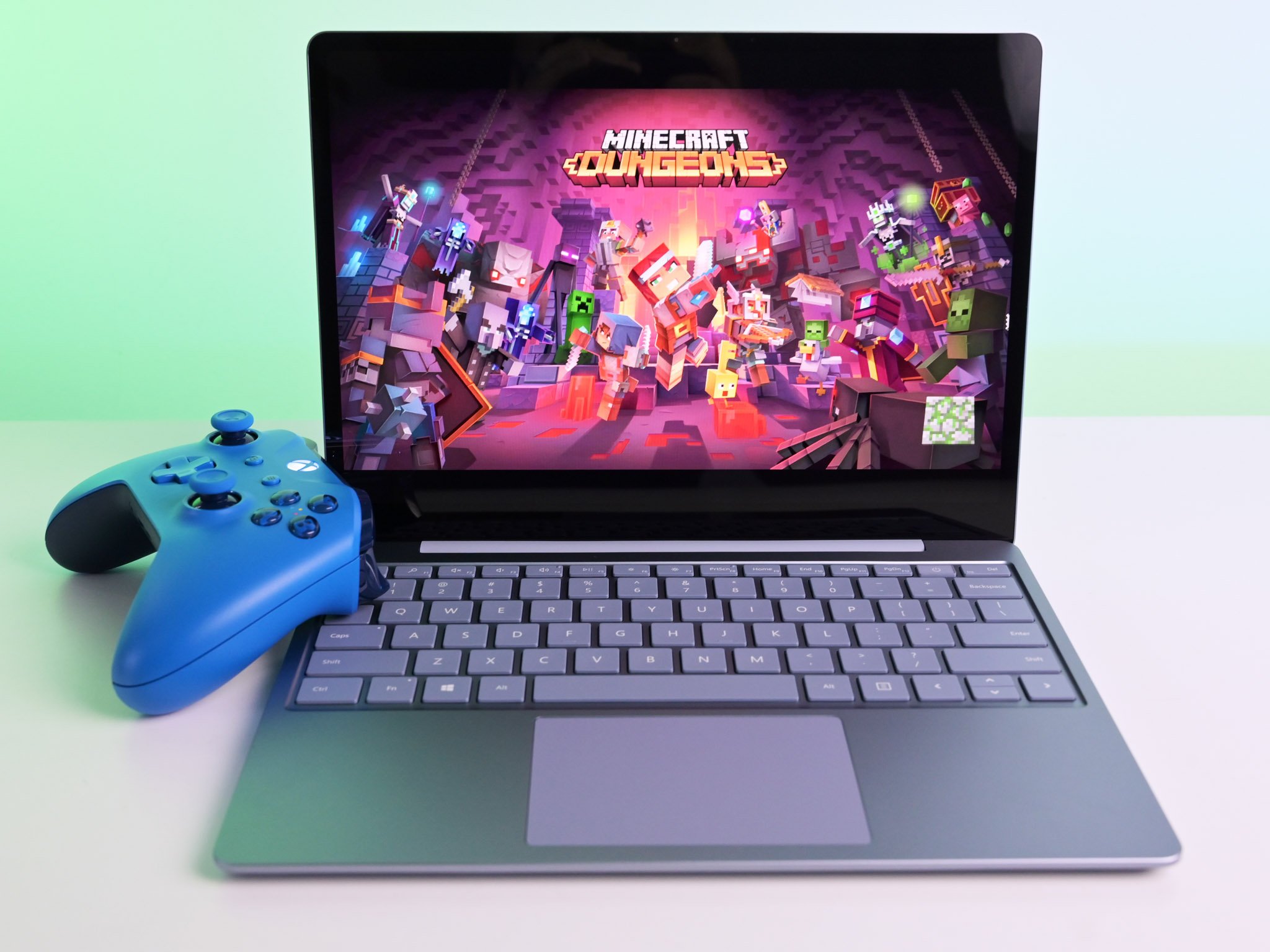
Minecraft Dungeons, right now, is the premier example of how an Xbox Game Pass cloud streaming game can feel native, complete with bespoke UI features, touch-enabled buttons, and customized controls. There are various other games that work incredible well with touch on Xbox Game Pass on Android, including Streets of Rage 4, Hellblade, and Battle Chasers: Nightwar, with more on the way.
Microsoft announced that Game Pass is expanding to the web, coming to iPads, iPhone, Chromebooks, and low power PCs for the first time. Obviously, smart TVs will be the next to follow, opening up Xbox gaming to new audiences who have no interest whatsoever in buying a console, but just may try it out in this convenient new form.
It remains to be seen if cloud gaming can ever be a mainstream option like native mobile games, PC games, and console games are today, but there's an exciting opportunity here for all developers in the Xbox ecosystem. Let Xbox Game Pass and Project xCloud do the heavy lifting to bring your game to mobile — the rewards could be lucrative.
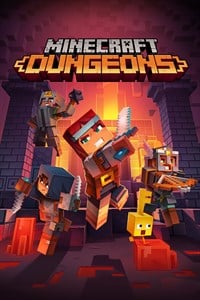
Minecraft grows up and and reaches out.
Minecraft Dungeons is the next saga in Minecraft's story, combining the familiar, blocky world we're familiar with and some Diablo. It's also available on every platform you're on, including on mobile through Xbox Game Pass.

Jez Corden is the Executive Editor at Windows Central, focusing primarily on all things Xbox and gaming. Jez is known for breaking exclusive news and analysis as relates to the Microsoft ecosystem while being powered by tea. Follow on Twitter (X) and tune in to the XB2 Podcast, all about, you guessed it, Xbox!
